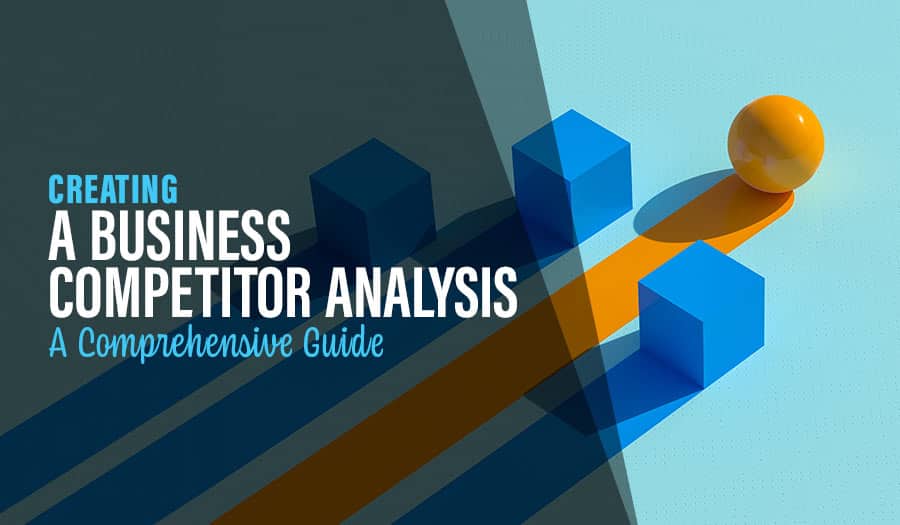Pricing is a challenge for many businesses, tiny businesses. Do you know how to Price Your Business? Here are some pricing concepts to consider when setting, communicating and negotiating your price. Let’s explore some Concepts in Effective Pricing.
How to Price Your Business: Concepts in Effective Pricing
Value is the main game.
People do not buy on price – they buy on value. Knowing the value your offering gives your customer, you know how to price it.
It is never the price – it is always value. When people say, it is too expensive, what they are really saying is that they can’t see the value in it at that price. Change your language so you hear what they mean versus what they are saying.
Price has nothing to do with cost
You can’t set your price based on your costs. Price is a factor of value and is determined by the customer/market. What it costs to produce your product is clearly essential, but it doesn’t drive the price people will pay.
Arguing with the market that the price should be higher because the costs are higher does not necessarily work. Understand your market; understand the problem you are solving and most importantly what your clients will pay. Then work out what it will cost you to bring that product to market, which will tell you whether it is viable.
You are what you charge
We associate quality with price. Premium goods cost more and cheaper goods cost less. Everyone has their own perception of where this line is, and your offering’s price must match your market’s perceptions.
This also relates to how you charge. If you charge by the hour, then you are selling time versus by outcome – as an example.
Price the customer
The customer is the ultimate decider of the market price which is why it is essential to understand your customer and be as specific as possible about who they are and who they are not. Don’t price for everyone, price your product for your market and focus on him or her.
Understand the Substitutes
Very few offerings don’t have a competitive offering or a substitute. Businesses tend to do a good job at understanding the direct competition but not as good a job with the substitutes.
A substitute is a product or service that your customer can buy instead of using you, and it often looks different – which is why business owners miss it. We think it is comparing apples to oranges but the customer sees it as apples for apples.
An example is a coffee and red bull. There is a market that drinks coffee for the effect alone and if the coffee was unavailable or became too expensive would switch to red bull. There is also a market that would not.
If you told a barista (especially a good barista with great coffee) that he/she was competing with red bull they might disagree. Therefore they would miss it as a potential competitor to their business and not factor it into their pricing model.
So what are the substitutes, how important are they for your target market and how does their pricing affect your pricing model?
Give Options
Providing clients with options changes the psychology of buying from a ‘yes or no’ decision to a ‘which one decision’. It might seem subtle but smarter people have studied it in detail and it makes a positive difference to the results.
With some products, this is hard to do. With services, it is easier. Try to provide a choice of either project or retained upfront or by the month, full or part etc. This is part of making it easier for your customer to buy you.
Remember that sometimes how you price is as important as the price itself.
Test Your Pricing
Before you roll out everything, test the pricing with potential/past / non-customers. You are often too close to your business and offering to be objective. You may overestimate or underestimate because this product/service has a lower value because you can do it easily. E.g. fixing a tap has less value to an experienced plumber than to someone who has no idea how to do it.
Remember it is not you or your costs that determine the price – it is what the market is prepared to pay, which is based on the value they get from it.
Let Sydney’s leading Web Design Agency take your business to the next level with a Pixel Fish Small Business Website.
Check out some of our latest Website Design projects and Testimonials.
Further Information:
How to Use Your Website as a Recruiting Tool For Your Business
Top Website FAQ Page Benefits and How to Create an Effective FAQ
Divi vs Elementor: Which WordPress Theme should you choose?
Top 8 Advanced WordPress Features and Plugins to Beat Your Competition
7 Steps to Build Your Brand Using Strategic Web Design
10 Interactive WordPress Plugins to Bring Your Website to Life
The 9 Top WordPress Website KPI’s to Monitor



